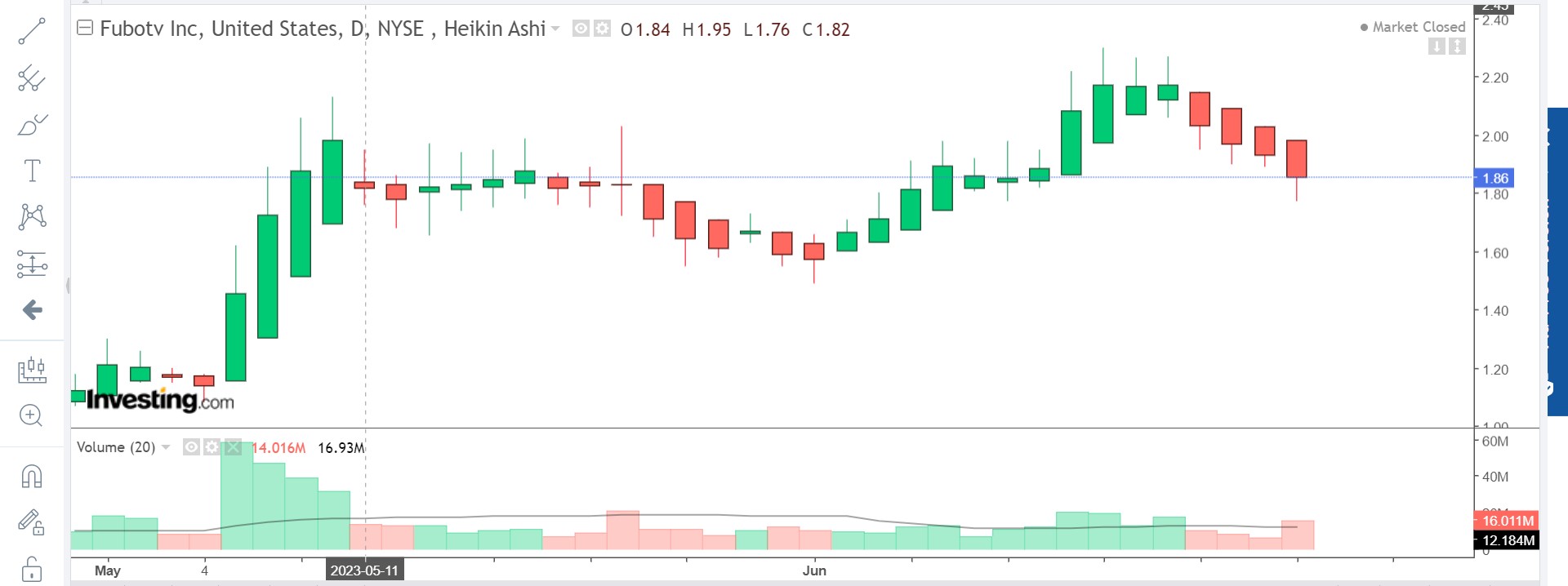Price-To-Earnings Ratio (P/E) Explained
The Price-to-Earnings ratio, commonly known as P/E ratio, is a fundamental financial metric used by investors to evaluate the relative value of a company’s stock. It provides insights into the market’s perception of a company’s future earnings potential and its overall attractiveness as an investment opportunity. The intricacies of P/E ratio, its calculation, interpretation, and significance in investment decision making.
I. What is P/E Ratio?
The P/E ratio is calculated by dividing a company’s stock price by its earnings per share (EPS). It represents the amount investors are willing to pay for each dollar of earnings generated by the company. A high P/E ratio suggests that investors have high expectations for future growth, while a low P/E ratio may indicate undervaluation or pessimism about the company’s prospects.
II. Types of P/E Ratios
There are several variations of the P/E ratio that provide different perspectives on a company’s valuation. These include trailing P/E, forward P/E, and cyclically adjusted P/E (CAPE). Each type has its own merits and limitations, and understanding their nuances is important for accurate analysis.
III. Interpreting P/E Ratio
Interpreting the P/E ratio requires considering various factors such as industry norms, growth prospects, and market conditions. A high or low P/E ratio alone does not provide a complete picture; it must be compared to peers or historical values to gain meaningful insights. Additionally, it is essential to understand the limitations of the P/E ratio and use it in conjunction with other financial metrics for comprehensive analysis.
IV. Factors Influencing P/E Ratio
Numerous factors impact a company’s P/E ratio, including industry dynamics, growth potential, profitability, risk profile, and market sentiment. Understanding these factors and their interplay is crucial for accurate valuation and investment decision-making.
V. Advantages and Limitations of P/E Ratio
The P/E ratio offers several advantages, such as simplicity, comparability, and its ability to reflect market expectations. However, it also has limitations, including its susceptibility to manipulation, reliance on accounting measures, and failure to account for non-recurring items or future uncertainties.
VI. Using P/E Ratio in Investment Decision-Making
Investors use the P/E ratio as a tool to assess a company’s valuation relative to its peers and the broader market. It helps identify potential investment opportunities by highlighting undervalued or overvalued stocks. However, it should be used in conjunction with other financial metrics and qualitative analysis to make informed investment decisions.
The Price-to-Earnings ratio is a widely used financial metric that provides insights into a company’s valuation. By understanding its calculation, interpretation, and limitations, investors can make informed trading decisions. However, it is important to remember that the P/E ratio is just one piece of the puzzle and should be used in together with other relevant information for analysis.
Simon Frandsen / Pyjamastraders




